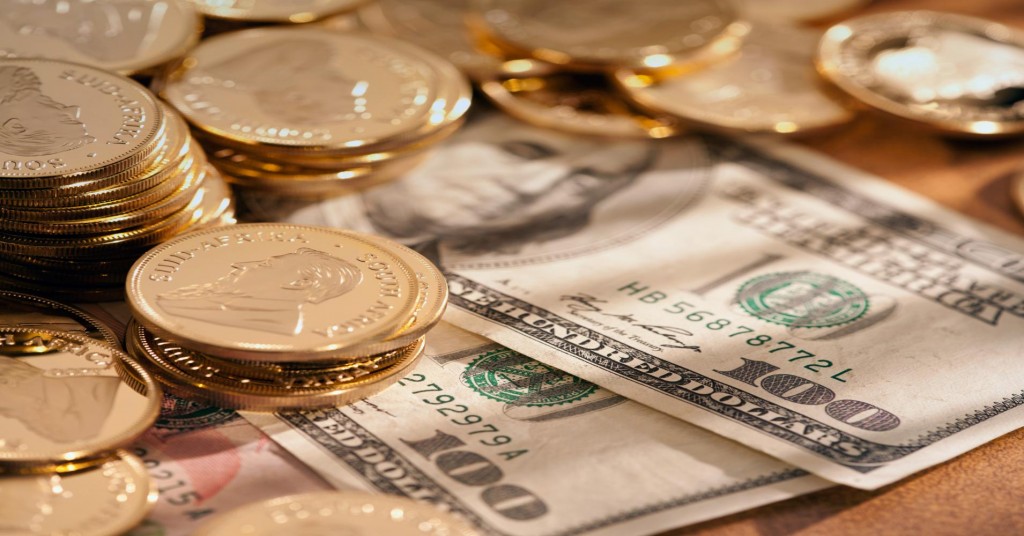Russian international reserves have risen to $381.1 billion. The Central Bank is continuing its policy to increasing international reserves rather than spending to prop up the ruble.
The international reserves consist of foreign exchange, special drawing rights (SDR) holdings, the reserve position in the IMF and monetary gold.
Unlike Saudi Arabia and China that are spending their reserves to buoy up their currencies, the Russian Central Bank is spending nothing to stem ruble volatility after using $67 billion in a failed attempt to curb a ruble collapse at the end of 2014. The Russian currency fell to 80 against the dollar and 100 against the euro on December 16, 2014.
The strategy has paid dividends in recent weeks as the ruble has rebounded without the central bank intervention. The Russian currency has strengthened on the back of rising oil prices to this year’s high of just under 68 rubles against the greenback. Another reason for ruble going up is Friday’s decision by the Central Bank to keep the key rate unaltered at 11 percent.
“Vladimir Putin recognized the power of reserves in 2008-2009, when thanks to them he survived the crisis without significant losses. To be left with a small amount of reserves now would be difficult, even just psychologically,” Russia’s former finance minister Aleksey Kudrin told Bloomberg. He left the post in 2011 during the presidency of Dmitry Medvedev, but continues to meet Putin to discuss the economy.
Since coming to power in 2000, Putin has boosted Russia’s reserves from $13 billion and paid off the country’s debt, now one of the lowest among the major economies.
